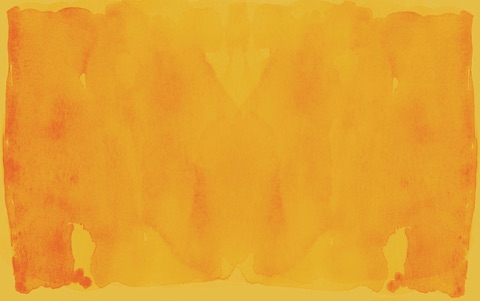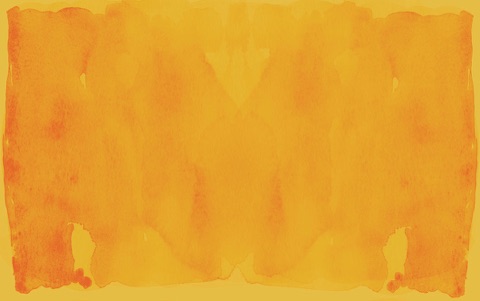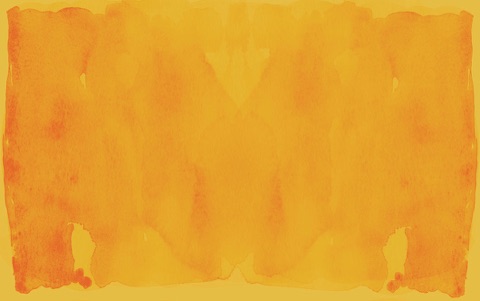





Swami Paramanandaji
Swamiji was born in October 1900 in village Lakshmipur, Chandpur sub-division, in the undivided Comilla district of E. Bengal, in a devout Brahmin family that had already produced several sadhus. Swamiji was the youngest of three brothers and he had five sisters. His eldest brother died of Cholera. He was educated in Chandpur, while staying at his maternal uncle's house in village Bitara. As ordained by fate, his uncle's neighbours were the devout family of Brahmajna Ma, a renowned saint of E. Bengal, whose youngest brother Jatin Chakravarti was a classmate of Swamiji. Swamiji was attracted to the ascetic way of life from boyhood. In this, he found an excellent mentor in the life and teachings of Brahmajna Ma, who exerted a tremendous influence on all she came in contact with. She was a child widow, and developed spontaneously all the highest forms of sadhana from a young age. She was born in 1879, suffered from constant poor health, and must have been in her 30's when Swamiji first met her. Brahmajna Ma was very fond of Swamiji and whenever she needed something done, she used to send for him.
In due course Swamiji passed his Matriculation from Sachar High School, and by 1921 joined Victoria College, Comilla, studying for his intermediate. But gradually the innate call towards asceticism and total renunciation won over his other predilections. When during a lecture, his professor of Logic emphasized the fact that ' Man is mortal', Swamiji's resolution to find out for himself what is the true destiny of man was formed with absolute finality. After his annual holidays at home from college, he entrained for Howrah, and from there proceeded towards Hardwar. Thus it was no wonder that during later years when ma was frequently touring Hardwar, Kankhal , Rishikesh etc., Swamiji's extensive knowledge not only of the local terrain but also of the Mahatmas and Ashrams already existing thereabouts proved to be of such vital help to the Sangh's activities.
At the difficult juncture there was paramount need, in Ma's close circle, of someone with a wholly ascetic disposition, of undaunted courage, unimpeachable character, strong in health, and supremely capable of acting as the go-between with the topmost Mahatmas of India, as well as of executing Sri Ma's innermost wishes during Her incessant journeys through the length and breadth of India, and during the building of innumerable Ashrams, temples, constructions and installation of images, performance of yagns, feeding of large gatherings each year at festivals.
In particular, with Didi's preoccupation over Kashi and her failing health, more and more responsibility, even with regard to the Kanyapeeth, fell on Swamiji's capable shoulders, and this remarkable sadhu discharged all these tasks with the minimum loss of time and show of authority, which he undoubtedly possessed.
Swamiji wandered away in his quest for the unknown to Uttarkashi, Gangotri and even beyond, where he sat at the feet of such highly learned Mahatmas as Tapovan Maharaj at Gomukh, and Devi Giri Maharj at Ujeli, a couple miles north of Uttarkashi. Here again his intimate knowledge of Ujeli enabled Swamiji to organize Ma's Birthday Celebrations there in 1973. During his wanderings over the northern Himalayas, Swamiji walked across to Tibet, Mansarovar and Kailash more than once. In 1934 Brahmajna Ma fell seriously ill in Deoghar, and although word was sent to Swamiji in the remote mountains, he eventually reached Deoghar, only to find that his boyhood preceptor had breathed her last a day or two previously. Swamiji spent some time in building and organizing Nirvana Math at Deoghar, in memory of Brhmajna Ma, and then returned again to his beloved Himalayas. But Swamiji never lost his love for Nirvana Math or its occupants , with whom he used to correspond regularly, and later accompanied Sri Ma to the Math whenever Ma visited Deoghar.
While in the hills round Uttarkashi, Swamiji must have met Bholanath before 1937 during the latter's sojourn and sadhana at Uttarkashi, where an Ashram was founded. When Ma was returning from Kailash in 1937 with Bhaiji, Didi and Bholanath, and had reached a spot called Dhaul China a few miles from Almora, Ma had a vision of Bhaiji departing from his mortal body, and being replaced by Swami Paramananda. A little later, when Ma was resting quietly at Kishenpur Ashram in Dehradun after Bhaiji's demise in Almora, Swamiji , who had been working in the Ramkrishna Mission in Kashmir , happened by chance to visiting the R.K.Mission at Dehradun, almost next door to our Ashram at Kishenpur, when Bholanath accosted Swamiji and brought him along to meet Ma.
Ma was then seated in the hall at Kishenpur Ashram. At the sight of Swamiji, Ma spontaneously exclaimed, " Oh you have arrived, then you must have your meal with us here today". Swamiji replied, " I have not come here to eat. My food will be waiting for me at the R.K. Mission Ashram where I am staying." Ma repeated, " Very well, then you must have your midday meal with us here tomorrow. Didima cooks very well. She will be offering bhoga and you can partake of it." Swamiji said the next day, ma went so far as to cook the bhoga and serve Swamiji with Her own hands at meal time. Thus commenced Swamiji's connection with the Ashram, but it was not until Dec. 1938 that he actually joined the Sangha at Vindhyanchal. The story of Ma's first foresight of Swamiji in a vision was related by Ma to Swamiji at Dhaul China in 1941. Ma had, in 1937, actually seen Swamiji arriving at our ashram.
The most crucial test of Swamiji's superhuman powers of endurance, his construction ability, and supereme trust in Ma was his wonderful preparation of the Naimisharanya site for Samyam Varta in 1960. The whole of the ground selected for the function was swallowed by the waters of the Gomti's unprecedented flood until a few days before the start of the gathering. Yet, aided and abetted by the U.P. Forest Department labour, Swamiji by dint of personal example, accomplished the impossible by draining the site, covering the whole of it with a fresh layer of clean sand, and of erecting tents and pandals for housing the entire assembly in the middle of a jungle away from civilization. For this unique and heroic feat; he came to be worshipped by the local population as an Avtar of Hanumanji, whose temple dominated the highest point of the hillock under which the Ashram now nestles.
Swamiji was closely associated with the commissioning and construction of most of the vigrahas (images) installed by Ma at her various Ashrams. He was a wonderful cook and could produce delicious food even for a large assembly in no time. He was equally fond of eating when the occasion demanded and his health permitted.
Swamiji's character had a unique facet which should now be highlighted. Few people are aware that Swamiji, early in his career as a sannyasi, had made three vows to himself shich he faithfully kept throughtout his entire life. These were:
* Never to follow any professional calling
* Never to practice Gurugiri
* Never to give public discouses or lectures.
Swamiji's knowledge of Upanishads, Darshans, Gita etc,, was profound. He could quote at will from these books, and always carried a copy of ' Viveka Chudamani" by Adi Shankracharya's Advaita Philosophy. He would not be seen to bow down to vigrahs of gods and Goddesses, though Ma in Her spirit of fun compelled him to perform his obeisance on special occasions.
Having saved his life, during several attacks of diabetic coma, Ma made sure he would be alive to carry on as In-charge during the difficult days of the Sangha immediately following Her departure from earth. This was the critical time from August '82' to February '84'.
Curiously Swamiji, who had been chiefly instrumental carrying out the entire arrangements for interring Didima's body in the Samadhi at kankhal, " and later for building a beautiful simple temple over it, made no efforts to do likewise after Ma's demise. In fact he did not leave his room or visit ma's Samadhi for days and weeks. This spirit to fight his own disease in order to serve Ma's cause seemed to be missing. When the Bombay doctors declared they could do nothing more for him in 1983. Swamiji returned to Kankhal Ashram where he intended to pass the remaining days of his life.
As long as Ma had been present, his own physical discomforts had been entirely ignored by Swamiji in serving Ma. In the face of frequent ill -health in the last few years, he insisted on accompanying Ma and Her party on all Her arduous journeys, including the last exhausting trip through the whole north India and back from Delhi to Agartala. Agarpara and on to Dehradun in the spring of 1982, and it seemed that Ma also could not do without him in these tasks.
Towards the middle of December 1983 Swamiji has dictated detailed instructions and advice for the running of the sangha and Ashrams showing a remarkably clear and foresighted functioning of his brain similar to dying embers bursting into a flame only to be extinguished for ever.